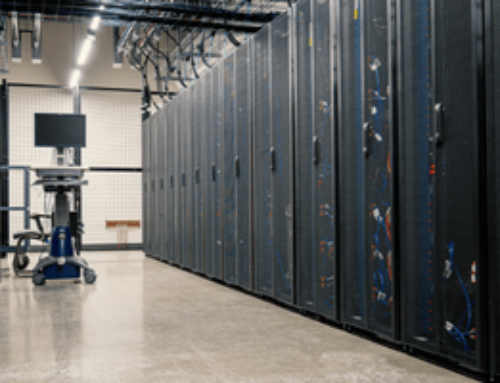For those still loyal to tape, you might be comfortable where you are. You might be reluctant to move completely to the cloud or other data storage solutions. But it’s time to let go and start moving off of tape storage.
While tape is relatively inexpensive, is already in your environments, and has a longer physical retention life compared to unplugged disks, the benefits of tape end there.
Tape’s Long List of Grievances
There is intrinsic inefficiency associated with physical media.
Tape requires physical loading and unloading from your tape library every time you need to access specific data stores. This introduces latency issues and functional wear and tear on the tape medium itself—because tapes are mechanical, you are faced with more consistent failure rates. Moreover, tape storage requires:
- Paying for off-site storage facilities
- Keeping a meticulous inventory of tapes
- Managing logistics in-house for:
- Barcodes
- Rotations
- Storage
Due to the time it takes to access and manage your data, time-to-restore is measured in days rather than minutes or seconds. And while tape—when left for long periods of time in a temperature and humidity-controlled environment—is less susceptible to media decay or corruption, the tape medium itself wears out over time from use.
Due to its physical limitations, tape does not scale well to fluctuations in production or spikes in demand for the data that’s on it. And unless you typically replicate tapes for disaster recovery, your company can’t architect for sufficient failover.
Security is another concern. Tapes are written in a serial manner, meaning that someone (with the necessary access to your data center) can access complete sets of data if he or she gets his or her hands on a single LTO-7 or LTO-8 tape (as opposed to pulling a single disk drive out of a RAID setup).
Data Storage Solutions That Enable (Rather than Inhibit)
Disk storage systems are more scalable and operationally effective for on-premise and cloud environments.
Compared to the more vulnerable tape film, disk is more resilient as a repeated-use storage medium. In stark contrast to tape, disk and cloud storage provides:
- Faster backups and data/application/VM restore times and recovery
- There is no longer a need to physically find, load, and access data in physical tape libraries
- Better data mobility and management
- Disks are optimized for immense throughput that enables faster data copy rates from production environments to disk storage, and vice versa. This enables a more efficient method for daily, weekly, and monthly backups for redundancy.
- More secure backups
- It is significantly more difficult to access disks in a drive array than it is to access tape libraries. And unlike the serial writing of tape, disk data is spread across multiple drives in a Redundant Array of Independent Disks (RAID system), making it nearly impossible to access complete entities of data on a single disk—any access requires the data to be run back through the RAID controlled to be decrypted and read.
ADAPTURE Data Storage Solutions
The ADAPTURE data center experts will help you get away from your legacy tape systems and into current disk-based solutions that provide better:
- Control over your data
- Access and visibility
- Backup and replication for disaster recovery
We will assess your on-premise and cloud environments to determine which tools are the right fit for your archival data needs, with the right mixture of backup and object-storage architectures. From there, we will help you establish the proper tiering and allocation for your company’s data, security, accessibility, and OPEX-related strategies. The exact tiering methods depends on your specific needs, but an example would be:
- Tier 1 Storage
- For less than 90 days of storage
- Everything is kept on-site for easy and fast recall
- Tier 2 Storage
- For 90 days – 6 months of storage
- This will depend on current demand and production demand
- Tier Off-site
- 2 years and older
- Longer retention and slower access for archival storage
Additionally, we will help you establish a disaster recovery and business continuity failover solution with both local and off-site backups (following industry best practices, the 300-mile failover zone, and the “Rule of Three”).
The Logical Next Step
Disk benefits speak for themselves; it’s time to move away from the inconvenience, insecurity, and reduced speed of tape.












